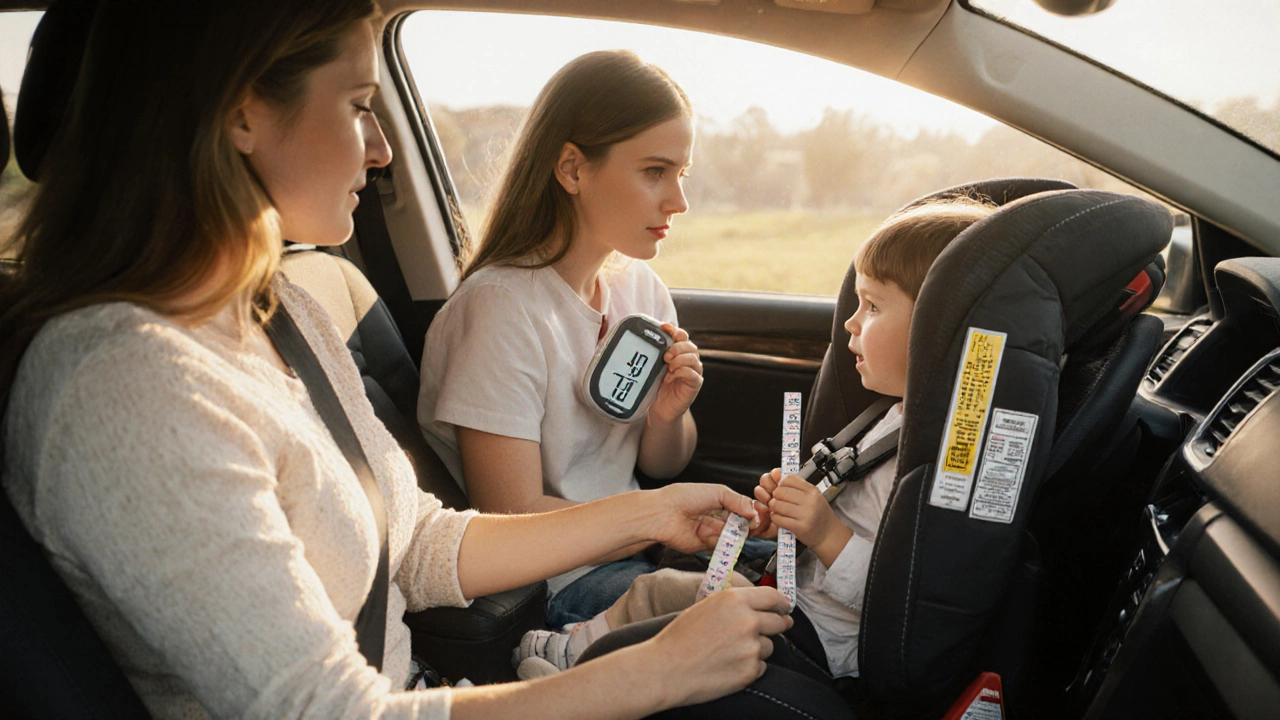When Should Kids Move to a Booster Seat? Weight Guidelines Explained
Learn the exact weight and height thresholds for moving a child from a forward‑facing car seat to a booster, plus safety tips, legal guidelines, and a step‑by‑step transition plan.
When your child outgrows a car seat with a harness, it’s time to think about a booster seat, a raised seat that positions a child so the car’s seat belt fits correctly across the shoulders and hips. Also known as a high-back or backless booster, it’s not just a convenience—it’s a legal requirement in the UK until your child is 12 years old or 135cm tall. Many parents assume once a child can sit still, they’re ready for a booster. But safety isn’t about age alone. It’s about height, weight, and how the seat belt sits on their body.
The UK car seat laws, rules set by the Department for Transport that define what seats are legal for children based on height and weight are strict for good reason. A booster seat must ensure the lap belt lies flat across the hips, not the stomach, and the shoulder belt crosses the collarbone, not the neck. If it doesn’t, your child isn’t protected. Studies show kids in improperly fitted seat belts are four times more likely to suffer serious injuries in a crash. That’s why the booster seat age, the recommended stage when a child transitions from a forward-facing car seat to a booster isn’t a fixed number—it’s a physical milestone. Most kids move to a booster between 4 and 7 years old, but only if they’ve reached the height and weight limits of their harnessed seat.
Not all boosters are the same. High-back boosters offer side impact protection and help guide the seat belt correctly, especially in cars without headrests. Backless boosters are lighter and easier to move between cars, but only work if the car seat has a proper headrest. The key is fit—not style. Look for seats that meet the ECE R44/04 or i-Size (R129) safety standards. And never use a booster seat with just a lap belt—it’s illegal and dangerous.
Many parents wonder if their child is ready to skip the booster and use the seat belt alone. The answer? Test it. Have your child sit all the way back, knees bent comfortably over the edge, belt across the collarbone, and lap belt low on the hips. If they slouch, wiggle, or the belt rides up, they’re not ready. Most kids aren’t safe without a booster until they’re around 11 or 12. Don’t rush it.
Below, you’ll find real advice from parents who’ve been there—what worked, what didn’t, and how to avoid common mistakes. Whether you’re choosing your first booster, switching models, or just double-checking the law, these posts give you the facts without the fluff.

Learn the exact weight and height thresholds for moving a child from a forward‑facing car seat to a booster, plus safety tips, legal guidelines, and a step‑by‑step transition plan.